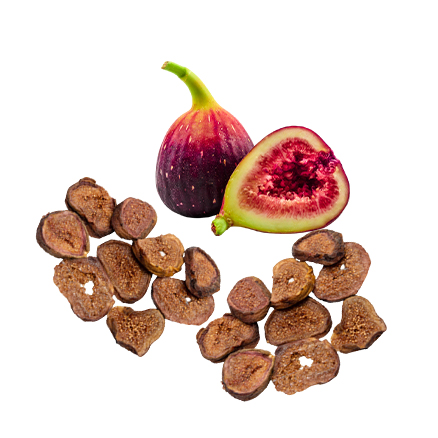Shopping Cart
-
 Anjir Fig Vacuum Dried Fruits 1 x 499
Anjir Fig Vacuum Dried Fruits 1 x 499
India is the second largest producer of food next to China with an estimated food processing industry size of US$ 70 billion. In 2012, the production was 257 million tones of food grain (rice, wheat, coarse grains, and pulses), 75 million tones of fruits, and 149 million tones of vegetables. Out of these amounts, only 2.2 % of these are processed. In contrast, countries like the USA (65%) and China (23%) are far ahead of India in reducing wastage and enhancing the value addition and shelf life of farm products. Post-harvest losses are estimated to range from 10% to 25% in durable goods, semi-perishables, and perishable products such as milk, meat, fish, and eggs. The estimated losses in fruits and vegetables are higher and reached from 30 to 40 percent. These percentages are not acceptable and adversely affect the Indian economy. To prevent such losses, different organizations in India have been trying to find a solution for a serious issue related to post-harvest.
Some efforts led to progress and achievements, while others did not yield the expected visible results. About 30 percent to 40 percent of the fruits and vegetables grown in India (40 million tons amounting to US$ 13 billion) get wasted annually due to gaps in the cold chain such as poor infrastructure, insufficient cold storage capacity, unavailability of cold storage near farms, poor transportation infrastructure, etc. This leads to price instability, prevents farmers from receiving fair and remunerative prices, and contributes to rural poverty and growing frustration among farmers. Based on production and wholesale market prices in India, The Associated Chambers of Commerce and Industry of India (ASSOCHAM) found that fruits and vegetables post-harvest losses reached the amount of $33,745 million in 2011-12 and may cross $33,745 million in 2013-14. Among the major producing states, West Bengal incurred the highest loss of $ 2,163 million followed by Gujarat $ 1,805 million, Bihar at 1,702 million, and Uttar Pradesh at $ 1,633 million (ASSOCHAM, 2013).